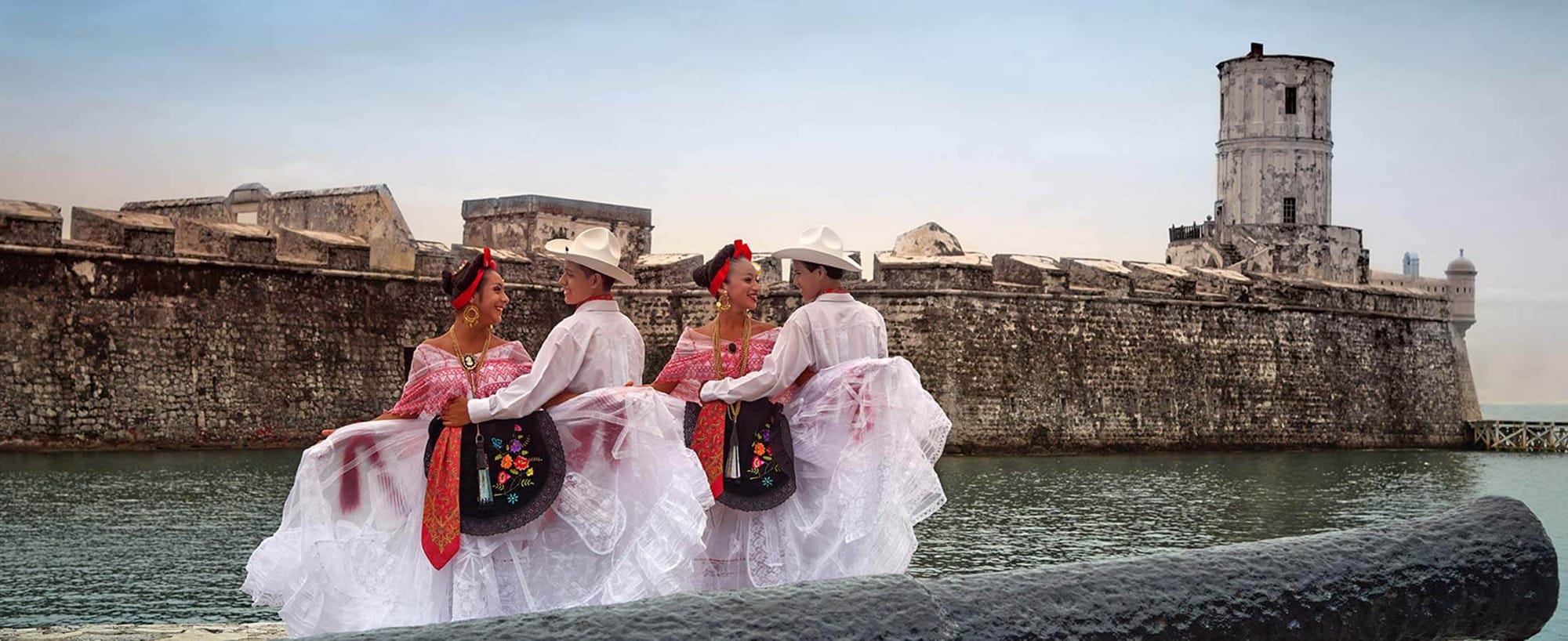About Veracruz

Did you know? The Mexican state of Veracruz was named by the Spanish explorer Hernán Cortés (fig. 1), who landed at the beach of Chalchihuecan on April 22, 1519. It was Good Friday, which the Spanish also referred to as the day of the Vera Cruz or True Cross.
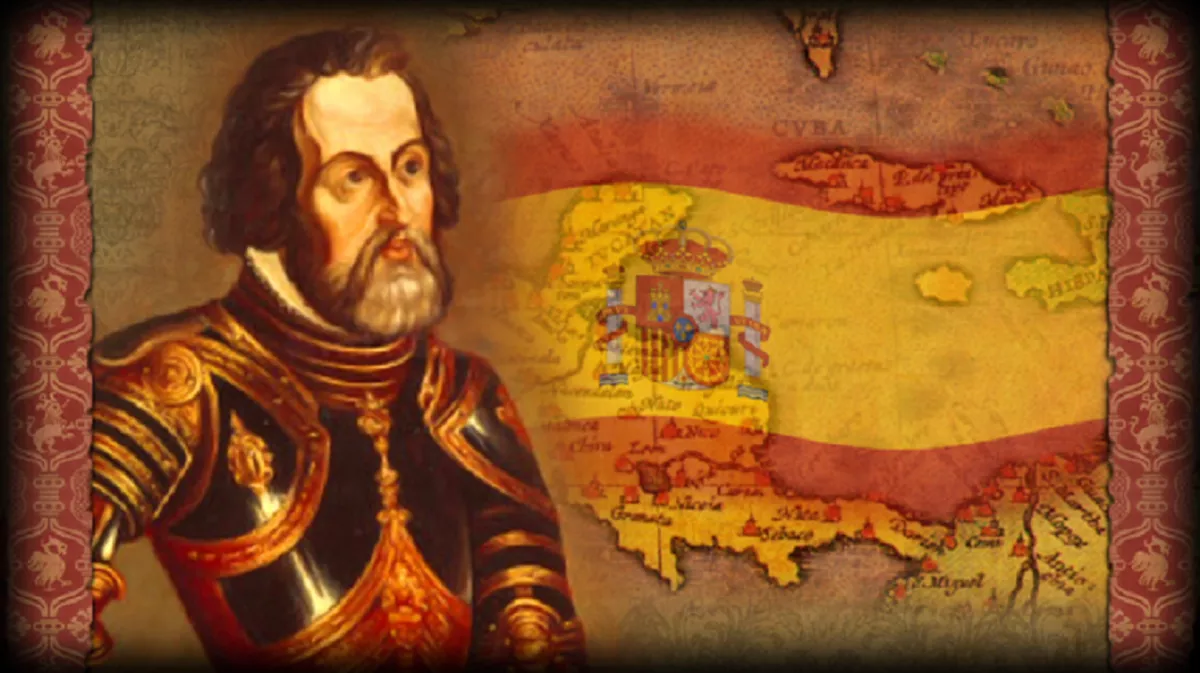
Recent History
Destined to become one of Mexico’s most feared and beloved military and political leaders, Antonio López de Santa Anna was born in Xalapa, Veracruz, on February 21, 1794. Not long after, at the beginning of the Mexican War of Independence in 1810, Guadalupe Victoria (fig. 2) became the most important independence leader in Veracruz. Serving under the command of José Maria Morelos, he took part in the attack on Oaxaca in 1812, and in 1814 he assumed leadership of the rebel movement in Veracruz.
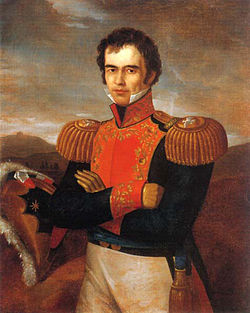
After seizing several royalist convoys, Victoria was defeated at Palmillas in 1817 and forced into hiding. When he emerged, Victoria was imprisoned but managed to escape. He took command of forces in Veracruz that were rebelling against Agustin de Iturbide’s imperial rule. After Iturbide’s fall, Victoria, Nicolás Bravo and Pedro Celestino Negrete formed a triumvirate that held executive power until October 1824 when Victoria took office as Mexico’s first president.
In 1824, Veracruz became a federal state and created a new constitution the following year. As was the case with the rest of Mexico, the state experienced political and social instability during much of the 19th century. Conflicts between centralists and federalists and between liberals and conservatives slowed economic development and led to continual revolts. When his liberal government was attacked in Mexico City in 1857, Mexican president Benito Juárez (fig. 3) governed from Veracruz.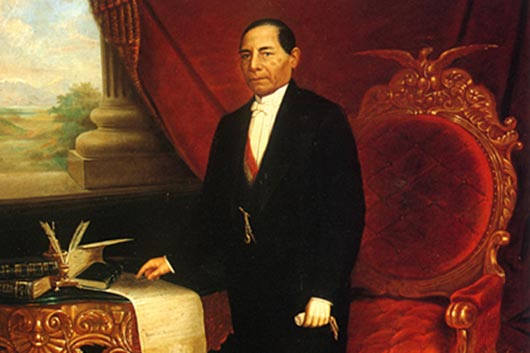
In 1863, Austrian monarch Maximilian, appointed Emperor of Mexico by Napoleon III, arrived in Veracruz to assume power. French forces conquered and ruled parts of Mexico between 1864 and 1866. They eventually withdrew due to the intervention of the United States, who demanded that Maximilian relinquish the throne and that Napoleon III withdraw his French forces.
During the Mexican Revolution (1910-1920) (fig. 4), Veracruz became a battleground for different factions, but at the end of the revolution, peace and stability returned to the region. Veracruz has since grown to be one of the most populated and economically active Mexican states.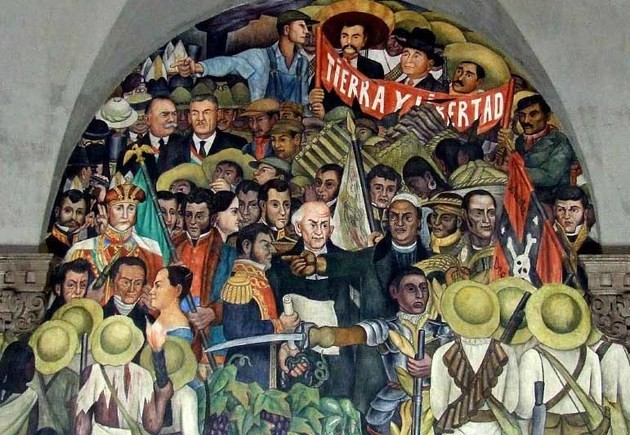
Veracruz Today
Veracruz continues to be a very important part of Mexico’s economy. The state is rich in natural resources and represents approximately 35 percent of Mexico’s water supply. In addition, Veracruz has four deep-water ports (fig. 5) and two international airports. An important source of iron and copper, Veracruz also produces such non-metallic minerals as sulfur, silica, feldspar, calcium, kaolin and marble.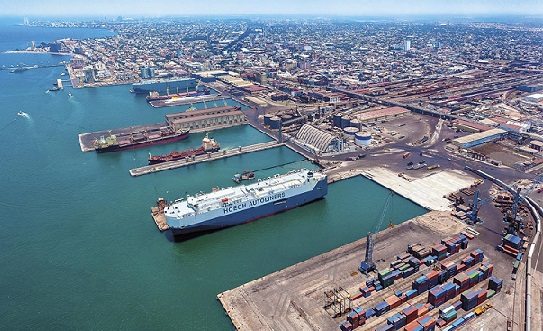
Farms in the region around Xalapa grow most of the state’s coffee beans. The state has a robust agricultural economy, and long-standing industrial centers at Córdoba, Orizaba and Rio Blanco produce abundant textile materials.
With a pleasant climate, good cuisine and archaeological sites, the port of Veracruz is a favorite seaside resort for Mexican and foreign tourists. The city, advantageously situated along the Gulf of Mexico, has become a preferred port for exports to the United States, Latin America and Europe. In fact, 75 percent of all port activity in Mexico takes place in Veracruz. The chief exports of the state are coffee, fresh fruits, fertilizers, sugar, fish and crustaceans.